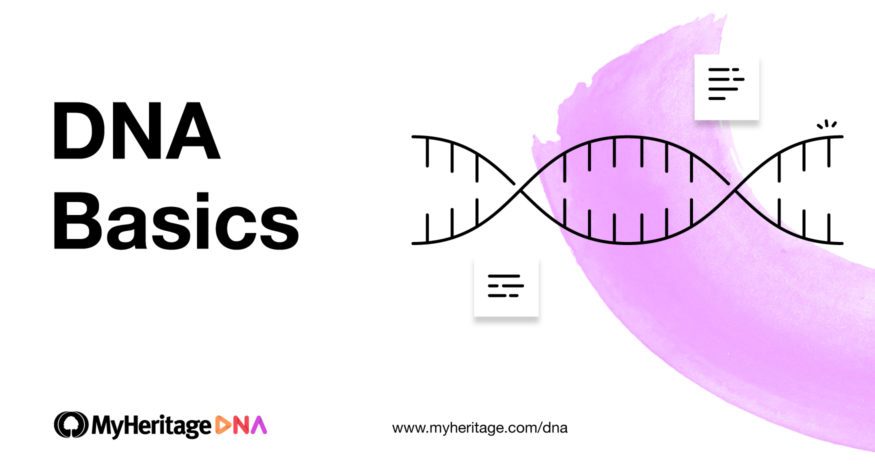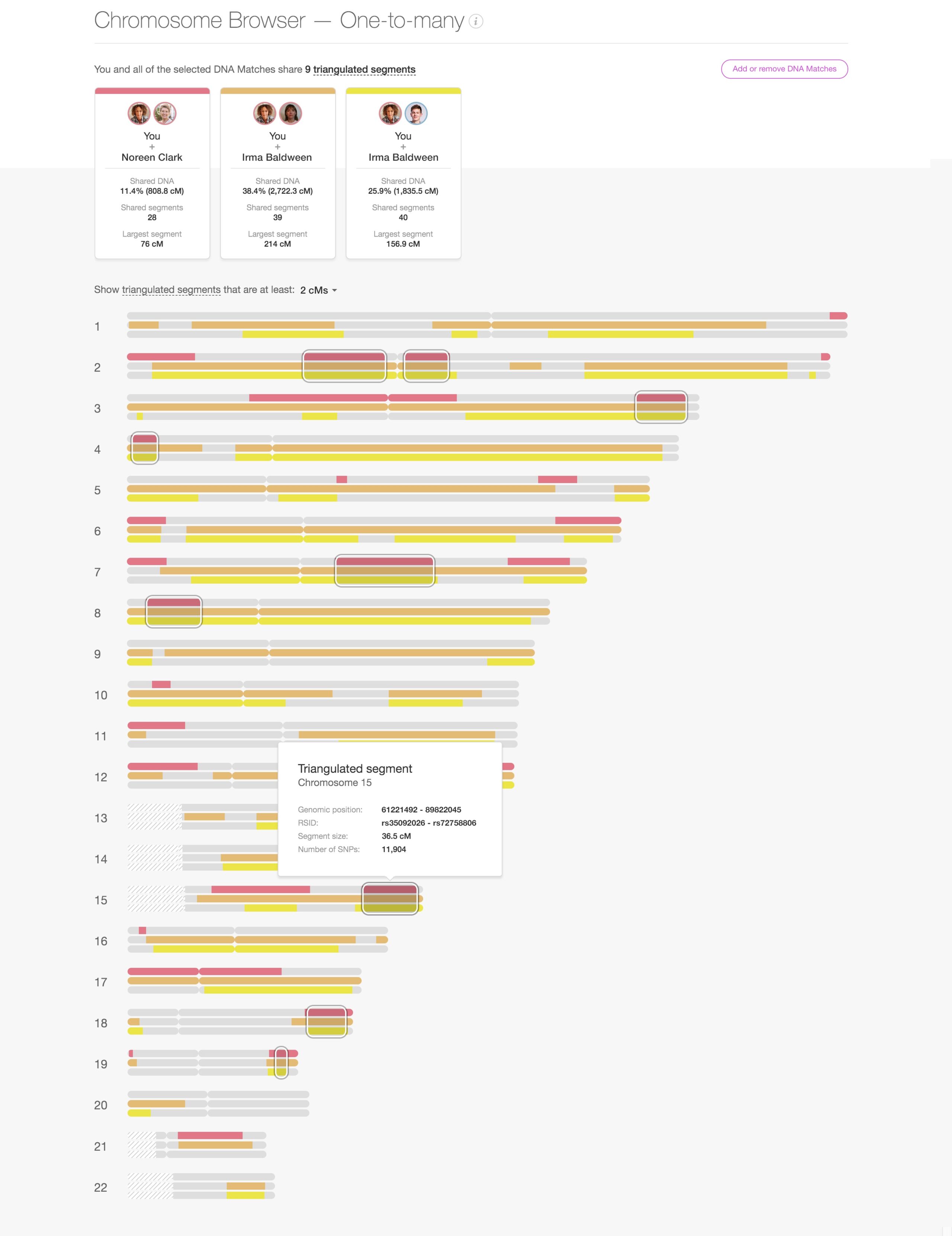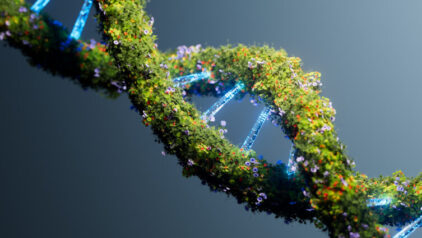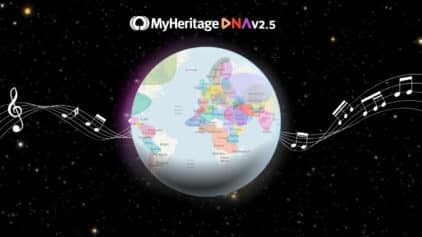

Genetic genealogy is the use of DNA testing in combination with the traditional arsenal of genealogical tools, such as personal and historical records, to draw a complete picture of the family relationship between individuals. It might sound complicated, but it isn’t — everyone from casual genealogists to experts in the field can do it.
Incorporating DNA data into your research can help discover previously unknown family. This is especially useful for adoptees searching for biological parents, children of sperm donors obtaining missing pieces of their medical history, and Holocaust survivors reuniting with family they had no hope of finding after World War II. It can also help extend beyond the memories of living relatives to discover distant cousins you may never have found otherwise.
Using genetic genealogy, you can complete missing details and solve mysteries within your family’s story. It can help you determine whether your family migrated due to the slave trade, a famine, or other major local events generations ago, and at least as interesting — do you still have relatives in those places your family migrated from?
To begin leveraging genetic genealogy, you can take a MyHeritage DNA test. MyHeritage is the number one destination for family history research and has developed many DNA tools fully integrated into our genealogy platform. Three to four weeks after taking a MyHeritage DNA test, you’ll receive your Ethnicity Estimate and a list of your DNA Matches, people likely to be your relatives based on shared DNA. With the fastest-growing database worldwide, your chances of finding quality matches are very high.
Based on the shared DNA, MyHeritage will provide an estimate of the relationships between each of your matches. Note that these are only estimates. It’s impossible to know for sure how someone is related to you based on shared DNA alone.

A DNA Match card contains details on estimated relationship, shared DNA, and whether they appear on a family tree on MyHeritage
There are a number of ways to determine the exact relationship between you and your DNA Match, such as:
- Studying the DNA match’s family tree to see if you can discover a link
- Reviewing shared Smart Matches™, pedigree charts, shared ethnicities, and shared ancestral surnames
- Contacting the DNA Match or the owner of the family tree to compare notes
But the advantage of using MyHeritage is that we provide a number of innovative and powerful tools that can make this task a lot easier.
Chromosome Browser
The Chromosome Browser provides a schematic chart of the DNA segments you share with your DNA Match. This can provide some clues as to the genetic connections.
You can also use the 1-to-Many Chromosome Browser to compare multiple DNA matches to each other. This is especially helpful when you have DNA matches with known relationships, such as parents and grandparents, to whom you can compare the unknown DNA match.
Theory of Family Relativity™
This recently updated MyHeritage tool basically does all the heavy lifting for you. The Theory of Family Relativity™ algorithm combines DNA data with information from your family tree profiles and the nearly 10 billion historical records to predict which family relationships are most likely. This calculation is completely automatic and shows up along with your DNA Match, potentially saving you hours and hours of research and hard work.
Autoclusters
Another innovative and extremely useful tool available to MyHeritage users is Autoclusters. We generate a compelling, easy-to-read visual chart that organizes your DNA matches into shared match clusters which likely descend from shared ancestors. By viewing the chart, you can easily trace likely relationships and make new discoveries about your DNA Matches.
Remember, the more detailed your family tree is, the more you will be able to make of your DNA results.











